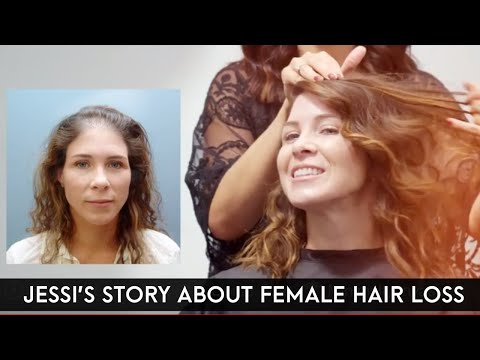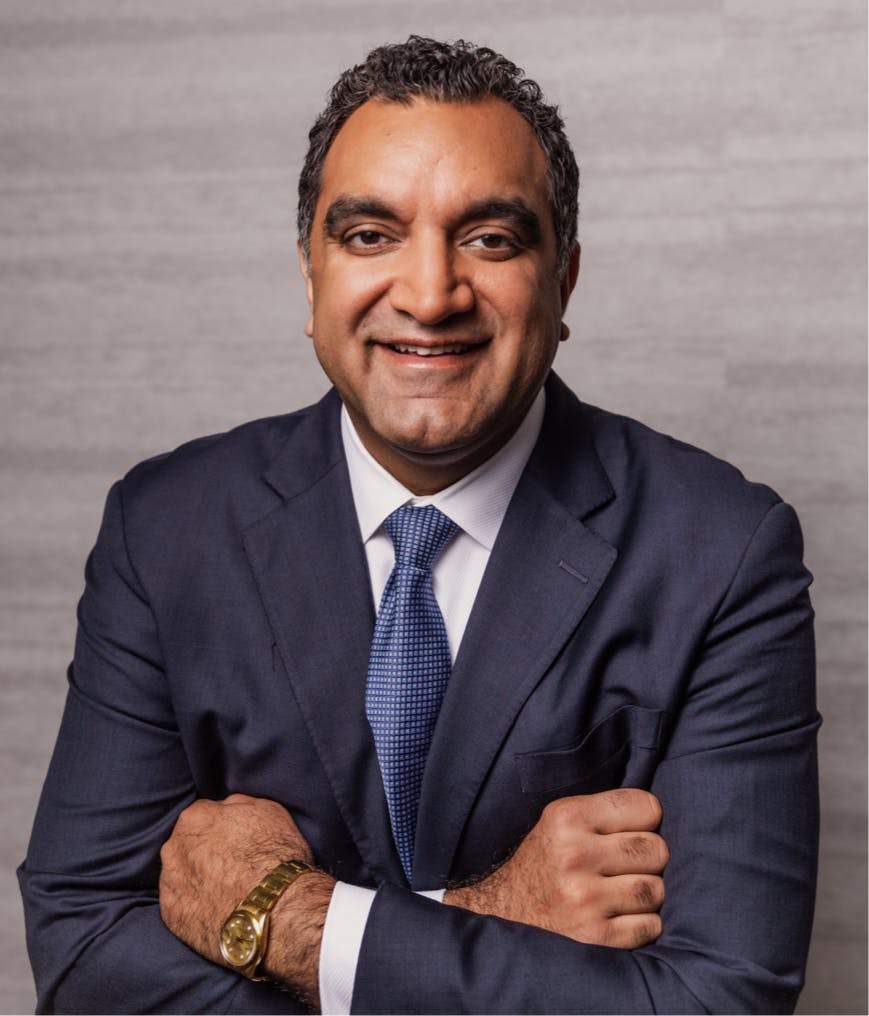Dr. Sean Paul is the founder of Hair of Austin at Austin Face & Body. As a widely published surgeon who has traveled all over the world to speak, Dr. Paul is renowned and highly regarded in his industry. He specializes in cosmetic and reconstructive eyelid and facial plastic surgery in Austin, and is board certified by the American Board of Ophthalmology.
“I know my hair looks so much fuller and thicker due to the hair replacement that Austin Face and Body did. I am so happy with the great job they have done. I look younger and so much better, just like you will once you have had rain replacement!!!!” - K.M.








